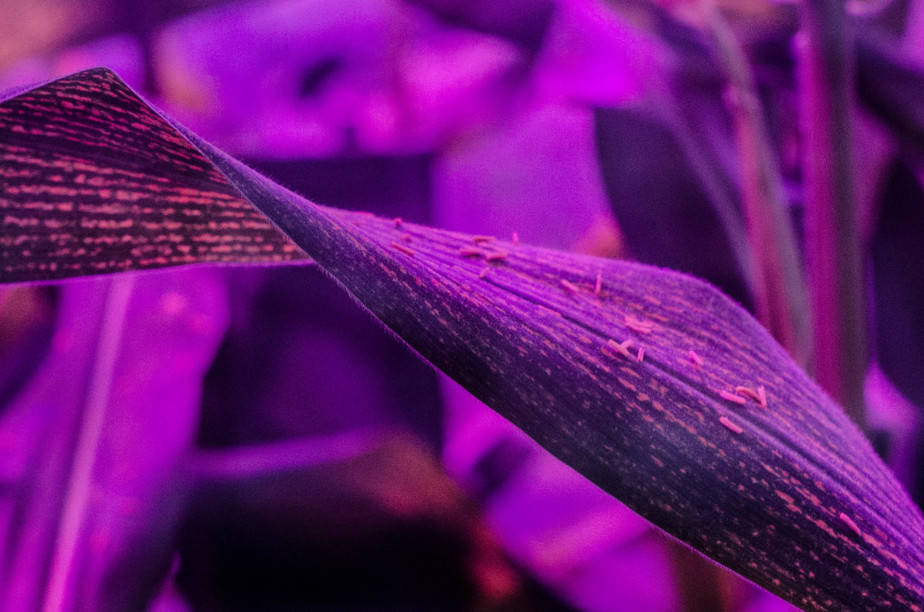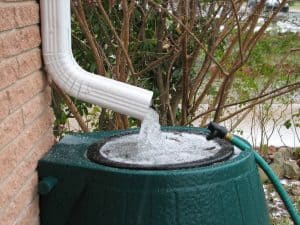Every greenhouse gardener will eventually have to deal with insects in their greenhouse. No matter how hard we try to keep them out, those creepy crawlies still find their way inside. But should we consider them invasive pests or just part of the natural ecosystem?
Not all insects are there to bring your plants harm. Some greenhouse insects can indeed be harmless or even beneficial to your crops. The presence of both good and bad insects means you will eventually need to consider insect management as an integral aspect of greenhouse growing.
Insects in the Greenhouse
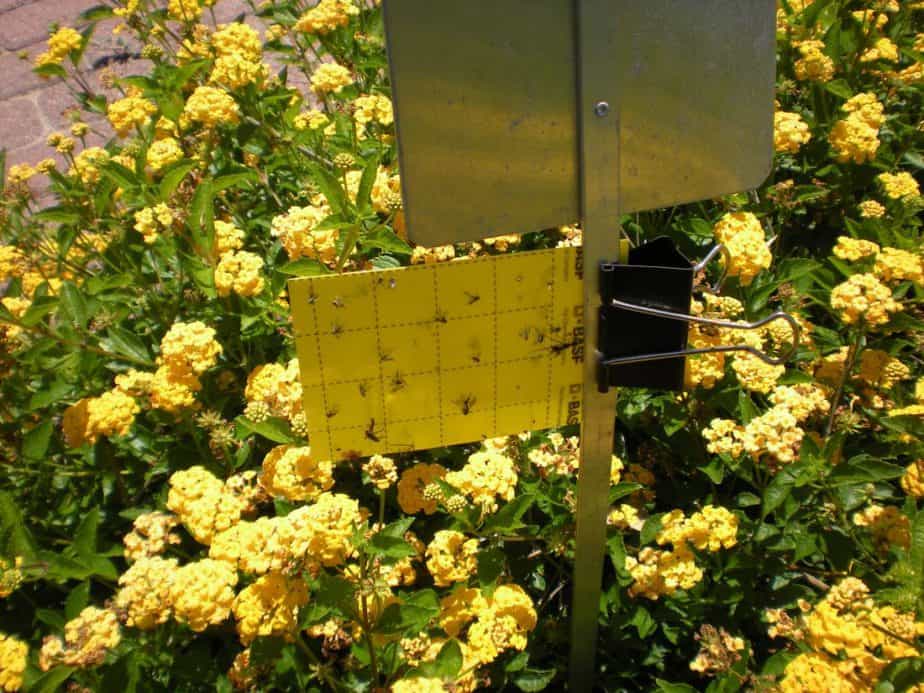
Insects and plants share a relationship that’s as old as time, so, inevitably, you will eventually find them in your garden or greenhouse. Even house plant enthusiasts tackle troublesome bugs despite having indoor-only plants.
Though an outdoor garden is likely to be full of a range of insects at any given time, most greenhouses contain fewer bugs due to the restricted access. However, the walls of your greenhouse won’t keep them out completely.
Speaking of bugs, chickens eat them! As an additional pest-control step, you may consider keeping chickens in your greenhouse.
Insects will find their way in under the walls or through ventilation systems. They can even hitch a ride inside on you or any new plants you bring inside. This latter infiltration method highlights the importance of quarantining any new plants you bring into your greenhouse.
Though some greenhouse insects can be beneficial, until you have a positive identification, it’s best to prevent the population from spreading to your other plants if possible. Once pests have found their way into your greenhouse, it can be difficult and time-consuming to get rid of them.
Greenhouse Insect Identification and Management
Most gardeners recommend routinely checking your greenhouse for insects. A pest population can explode in a matter of weeks and wreak havoc on your crops if left unchecked. For this reason, it’s essential to thoroughly look through your greenhouse on at least a weekly basis.
The sooner you spot and identify any insects, the sooner you can decide what you want to do with them. If you are interested in keeping beneficial insects around, you won’t want to treat your entire greenhouse for pests, as you may accidentally kill off the good guys.
Additionally, if you are growing organic crops, you’ll need to find a pest control solution that adheres to your organic growing practices. However, there are so many options these days for chemical-free pest control that there is really no reason to soak your greenhouse with pesticides.
It’s also worth mentioning that few pest control options will take care of an infestation alone. Most methods are recommended to be used in some combination to treat and prevent pest infestations.
Beneficial Greenhouse Insects

Though many insects can benefit your greenhouse ecosystem, one of the most commonly used is predators that feed on other insects rather than your precious plants.
Several species of mites feed on soft-bodied arthropods and do not harm plants. These mites can be used to control pests such as whiteflies, thrips, and fungus gnats. Amblyseius swirskii is one example, but these mites tend to feed on eggs and larvae rather than adult pests.
Orius insidiosus is another predator mite that feeds on thrips, aphids, whiteflies, scales, and other species of mites. They tend to feed on adult pests but will happily eat a wide variety of prey.
Parasitic wasps, such as Aphidius colemani and Aphidius ervi are great for aphid control. Many gardeners use these species together as they are of different sizes and tend to hunt various species of aphids.
These are just a few examples, but there are many more species of insect that can control the populations of less favorable insects. If you’re interested in having predator insects in your greenhouse, be sure to identify your pests first, so you know what predator will work best.
It’s worth noting that predator insects are great for pest control, but they cannot eradicate an infestation. If you have a severe pest problem, your best bet is to get them under control and invest in predators for future control.
Additionally, predators will need to be released on a regular basis. They are not a one-and-done solution. You’ll also need to know whether your species of choice enters diapause during the winter season. You will need to provide them with heat and artificial lighting to stay active throughout the colder season.
Greenhouse Pests
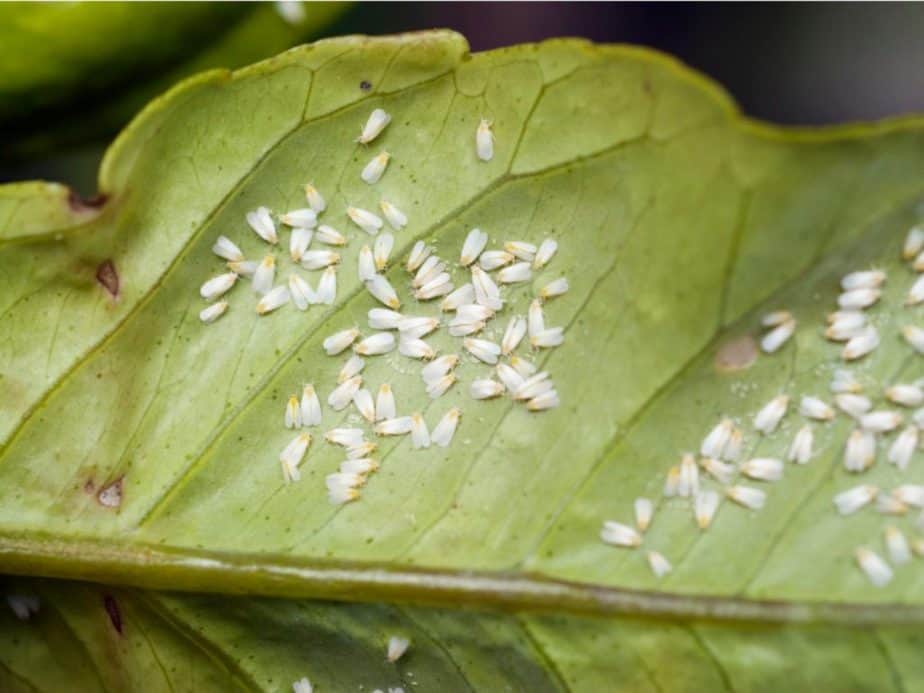
As any greenhouse gardener knows, pests can cause severe problems if they are allowed to reproduce unchecked. Not only are they challenging to get rid of, but they can seriously harm your crops which is especially heartbreaking if you’re relying on your crops to feed your family or make a living.
Though many pests can infest a greenhouse, aphids are among the most common. The small, sap-sucking bugs reproduce quickly and tend to live on the underside of plant leaves.
Fungus gnats are also common. They are small, winged insects that tend to gather in the soil around your crops. Though fungus gnats rarely cause direct damage to your plants, they are incredibly annoying and can carry diseases, such as pythium.
Whiteflies are another common greenhouse pest that feeds on plant sap. Not only will they destroy leaves and fruit, but they can also stunt your plants’ growth.
Many species of mites can live in a greenhouse, but the most common species is spider mites. These small, often red or brown bugs create a fine, fuzzy webbing on plants, similar to webs built by spiders.
As for treatment, that will depend on the species invading your greenhouse. Some species can be temporarily removed from plants with a blast of water, allowing you to apply a treatment to the plant or soil, such as neem oil or insecticidal soap. Be sure to do your research to identify the pests and the proper treatment.
As previously mentioned, getting rid of pests can be a long and frustrating process, so prevention tends to be the best medicine. The sooner you can address your infestation, the sooner you can rid your greenhouse of unwanted guests.
Greenhouse Bugs
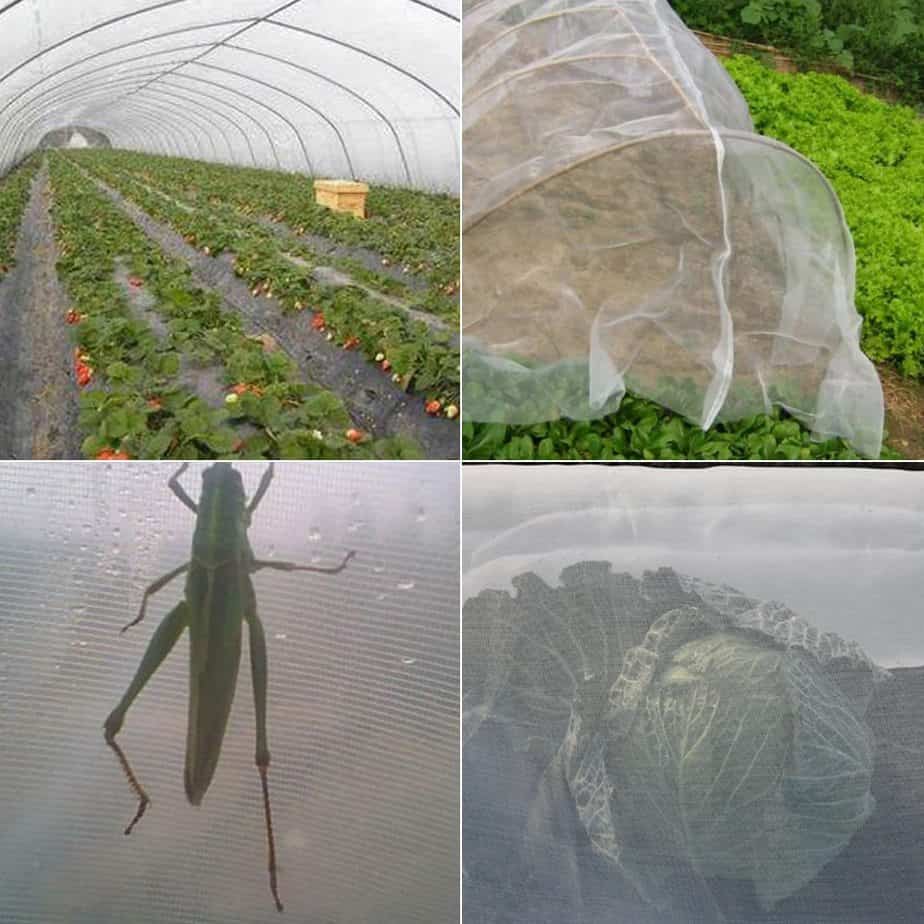
Greenhouse insects can be both good and bad. Before you take any steps to deal with the creepy crawlies, it’s best to take steps to identify all of the greenhouse insects in your garden. Making the wrong decision regarding predator insects or pesticides can have a disastrous effect.
There’s nothing wrong with wanting more information! Give Greenhouse Pest Management by Raymond Cloyde a read if you want to learn all about greenhouse insects and pests.
If you have any specific questions about dealing with your greenhouse insects, then contact us with them before you make a costly mistake!

